The Sangam (confluence) of the Chandra and Bhaga rivers is one of the most scenic and spiritually significant locations in Lahaul Valley, Himachal Pradesh. Located near the village of Tandi, this confluence marks the point where the two rivers merge to form the mighty Chenab River, which flows onward into Jammu and Kashmir.
Mythological Significance
According to local folklore, the Chandra and Bhaga rivers represent the celestial union of Lord Shiva and Goddess Parvati. Legend says that Chandra (moon) and Bhaga (sun) took separate routes to descend from the Baralacha Pass, eventually merging at Tandi, symbolizing love and eternal togetherness. The site is considered sacred, and locals often perform rituals and prayers here.
A Natural Marvel
Surrounded by the majestic Pir Panjal and Zanskar ranges, the Sangam offers stunning views of the contrasting waters of the two rivers as they join forces. The Chandra’s calm, silver-blue waters meet the Bhaga’s more turbulent, darker flow, creating a mesmerizing visual spectacle. The area around the confluence is peaceful, making it an ideal spot for reflection and photography.
Activities and Attractions
Photography: The scenic beauty of the Sangam, with snow-capped mountains and lush greenery, offers countless opportunities for stunning photos.
Nature Walks: The surrounding trails are perfect for a leisurely walk while enjoying the sound of the merging rivers.
Tandi Bridge: A short distance from the Sangam, the bridge provides panoramic views of the confluence and is a landmark in itself.
Best Time to Visit
The ideal time to visit is from May to October, when the roads are open, and the weather is pleasant. In autumn, the valley is adorned with golden hues, enhancing the beauty of the Sangam.
How to Reach
By Road: The Sangam is accessible via the Manali-Leh Highway, approximately 8 km from Keylong and about 115 km from Manali.
By Air: The nearest airport is Bhuntar, around 140 km away.
The Sangam of the Chandra and Bhaga rivers is more than a natural confluence; it’s a spiritual and cultural landmark that resonates deeply with the people of Lahaul. Whether you’re drawn by its mythological significance, scenic beauty, or tranquil ambiance, this sacred union of rivers is a must-visit destination for travelers exploring the Himalayan wonders.
Related Blogposts :
 Parashar Lake in Mandi, Himachal Pradesh : Where Serenity Meets Spirituality in the Himalayas
Parashar Lake in Mandi, Himachal Pradesh : Where Serenity Meets Spirituality in the Himalayas
 Naggar Castle: A Historic Gem in the Heart of Himachal Pradesh
Naggar Castle: A Historic Gem in the Heart of Himachal Pradesh
 Hadimba Temple in Manali: A Sacred Marvel Amidst the Himalayas
Hadimba Temple in Manali: A Sacred Marvel Amidst the Himalayas
 Langza Village - Popular place in Spiti Valley of Himachal Pradesh known for huge Buddha Statue at an altitude of 14,500 feet and spotting wild animals like Snow Leopards & Himalayan Ibex
Langza Village - Popular place in Spiti Valley of Himachal Pradesh known for huge Buddha Statue at an altitude of 14,500 feet and spotting wild animals like Snow Leopards & Himalayan Ibex









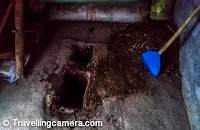
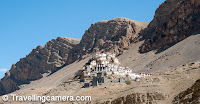
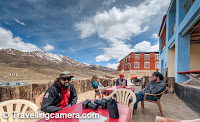
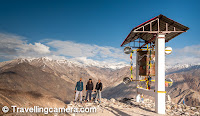
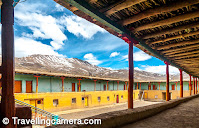


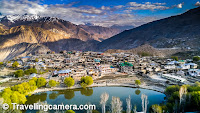

.jpg)
Comments